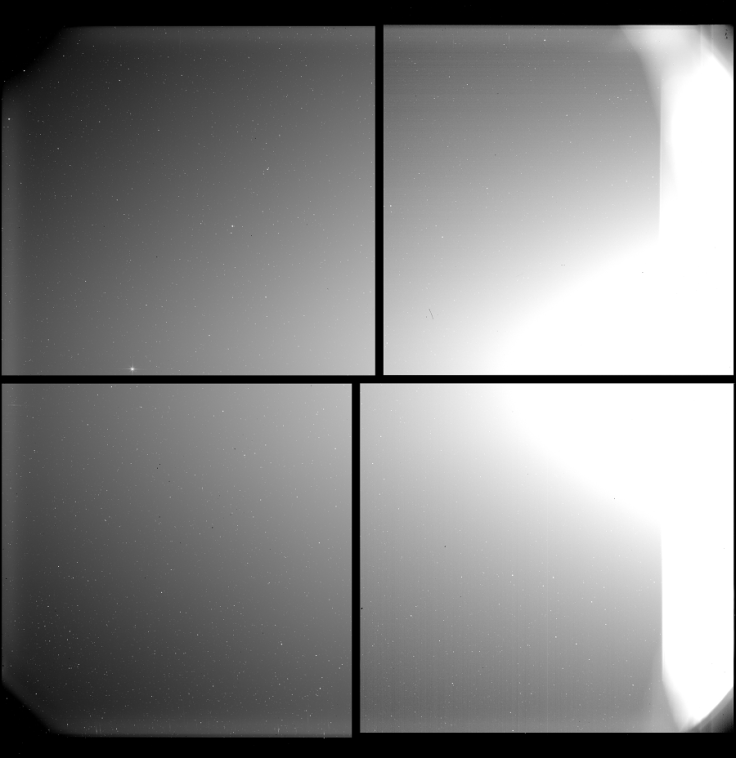Solar Orbiter Snaps Stunning Closest-Ever Pictures Of The Sun, Spots 'Campfires' On The Surface

KEY POINTS
- NASA and ESA released some of the first images taken by the Solar Orbiter mission
- They are the closest-ever images to be taken of the Sun
- The images even captured a new phenomena that looked like campfires
NASA and the European Space Agency (ESA) has released the first images from the Solar Orbiter mission just months after it launched. The stunning images include the closest ever images of the Sun.
The first images from a spacecraft are typically taken merely to confirm that its instruments are working. However, in the case of the Solar Orbiter, its instruments during this test run not only captured the closest images of the Sun ever but also caught a glimpse of a new solar feature.
In the images taken by the Extreme Ultraviolet Imager (EUI), which is one of the six imaging instruments aboard the Solar Orbiter, one can see "campfires" on the surface of the Sun. They look much like little solar flares but, according to principal investigator David Berghmans, are at least a million times smaller.
"The Sun might look quiet at the first glance, but when we look in detail, we can see those miniature flares everywhere we look," Berghmans said in a news release from the ESA.
It is, so far, unclear whether these so-called campfires are just smaller versions of bigger solar flares or if they are an entirely different phenomenon driven by some other mechanism. It is possible that they may be nanoflares that help heat the Sun's corona but, more measurements are needed to determine what they really are, something that can be done using the Spectral Imaging of the Coronal Environment (SPICE) instrument.
"These are only the first images and we can already see interesting new phenomena," ESA Solar Orbiter Project Scientists Daniel Müller said. "We didn't really expect such great results right from the start."
An image taken by the Solar and Heliospheric Imager (SoloHI) also captured zodiacal light, or the sunlight that reflects off of interplanetary dust. Typically, zodiacal light is so faint that the bright light of the Sun obscures it but SoloHi captured it by reducing the light of the Sun to one trillionth of its original brightness. In the same image, it also captured the planet Mercury, which can be seen like a bright star on the left side.

In a short video shared by NASA Sun & Space on Twitter, the agency showcased some of the stunning first images captured by the Solar Orbiter.
#SolarOrbiter has made its first close pass by the Sun, studying our star and space with a comprehensive suite of instruments — and the data is already revealing previously unseen details. This is #TheSunUpClose. https://t.co/rVMjz45DoY pic.twitter.com/YLKBXRNQZb
— NASA Sun & Space (@NASASun) July 16, 2020
"These unprecedented pictures of the Sun are the closest we have ever obtained," NASA project scientists for the mission, Holly Gilbert said in a news release from NASA. "These amazing images will help scientists piece together the Sun's atmospheric layers, which is important for understanding how it drives space weather near the Earth and throughout the solar system."
The new data, which includes the images with detailed descriptions, can be seen in ESA's Solar Orbiter image gallery.
© Copyright IBTimes 2025. All rights reserved.





















